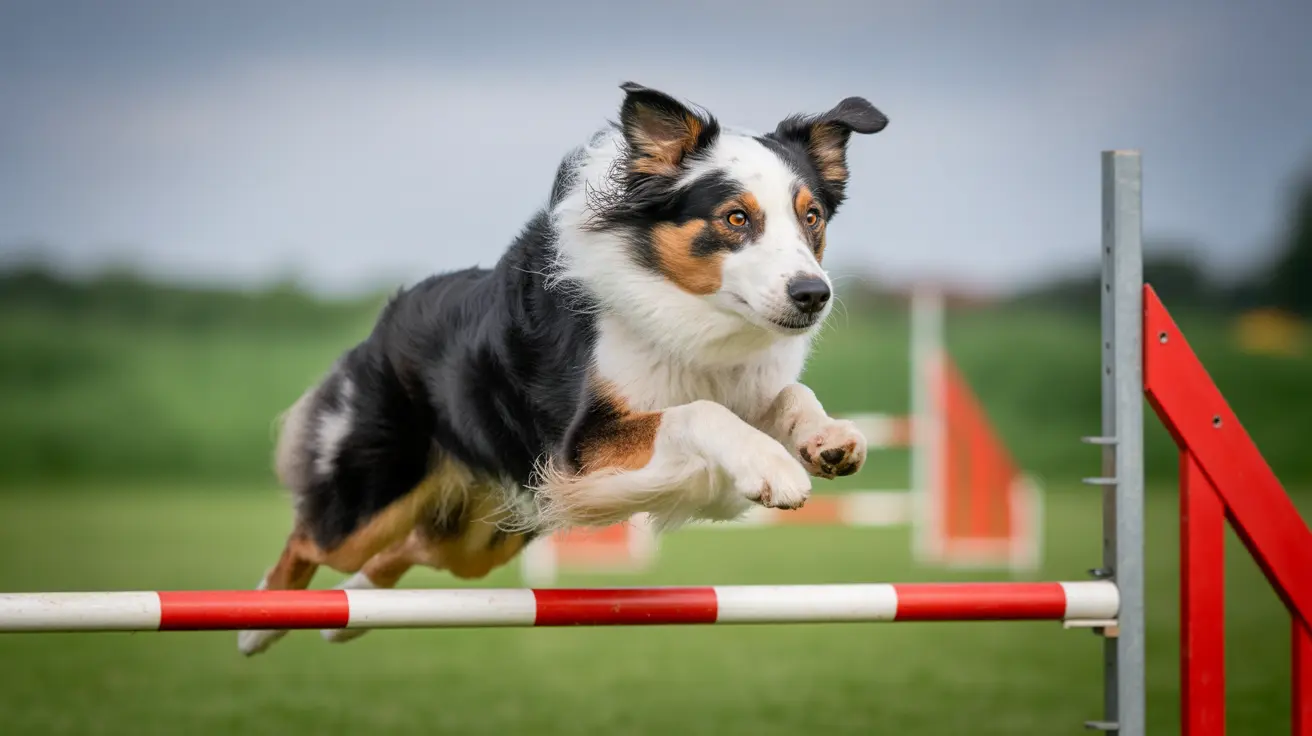Understanding the Challenges of Owning a Coonhound
While coonhounds such as the Treeing Walker are beloved for their hunting ability, intelligence, and friendly disposition, they are not the right fit for every household. Prospective owners should carefully weigh not only the breed’s incredible strengths but also the potential downsides. Below, we explore the most relevant negatives associated with coonhounds to help pet owners make informed decisions.
1. High Energy and Exercise Needs
One of the primary challenges with coonhounds is their boundless energy. Bred for endurance-oriented hunting, they require vigorous daily exercise to avoid behavioral issues. At least an hour of exercise per day is recommended:
- Running or jogging with their owner
- Off-leash play in a secure fenced area
- Long hikes in nature
- Participation in dog sports or field trials
Without enough physical and mental stimulation, coonhounds may become restless, loud, or even destructive.
2. Vocal Behavior
This breed has a loud, distinctive bark—a trait that makes them excellent hunting companions, as their vocalizations change the moment they've treed prey. In domestic settings, however, this can prove problematic:
- Neighbors may find the baying disruptive, especially in apartments or close housing communities
- They bark not just at prey, but also when bored or alarmed
While training can help manage excessive barking, owners must accept that vocalization is in their nature.
3. Strong Prey Drive
Coonhounds are natural hunters with an exceptional nose and tracking instinct. This means they often see small pets such as cats, rabbits, or rodents as prey. While socialization from a young age can help, supervision is necessary:
- They may chase or bark at unfamiliar small animals
- Even well-trained coonhounds may bolt if they catch a scent
A secure yard and leash are essential in most environments.
4. Independence and Stubbornness
As intelligent as they are, coonhounds also possess a strong independent streak. They were bred to think for themselves during hunts, which can make training more challenging:
- They may hesitate to obey commands if they sense an alternate route or goal
- Consistency and positive reinforcement are key to successful training
- Not ideal for first-time dog owners without patience or experience
Training must begin early and be persistently maintained.
5. Not Ideal for Small Spaces
Due to their noise level and exercise requirements, coonhounds are less suited for apartment living:
- They thrive in homes with secure outdoor access
- They may become frustrated or anxious in confined environments
Ideal living conditions include rural or suburban areas with room to roam.
6. Grooming and Health Considerations
Though their short coats require minimal grooming, coonhounds do come with some maintenance concerns:
- Ear infections are common due to their large, floppy ears—regular cleaning is essential
- They can develop hip dysplasia and hypothyroidism
- Routine vet visits help monitor and prevent health issues
Owners must commit to maintaining ear health in particular.
7. Potential for Obesity in Non-Working Dogs
While some coonhounds are active hunting or sporting dogs, others are family pets. Without adequate activity, they may be prone to weight gain:
- High-calorie diets should be balanced with regular exercise
- Treats and table scraps should be given sparingly
Monitoring diet and encouraging activity are vital to long-term health.
Conclusion
Treeing Walker Coonhounds and other coonhound breeds can be wonderful, affectionate, and loyal companions, especially for active individuals or families familiar with hound behavior. Still, their high energy, prey drive, vocal tendencies, and independent thinking mean that they require committed, experienced owners who can provide structure, stimulation, and care. Those seeking a calm, quiet dog for a small space may find this breed a challenging match.





